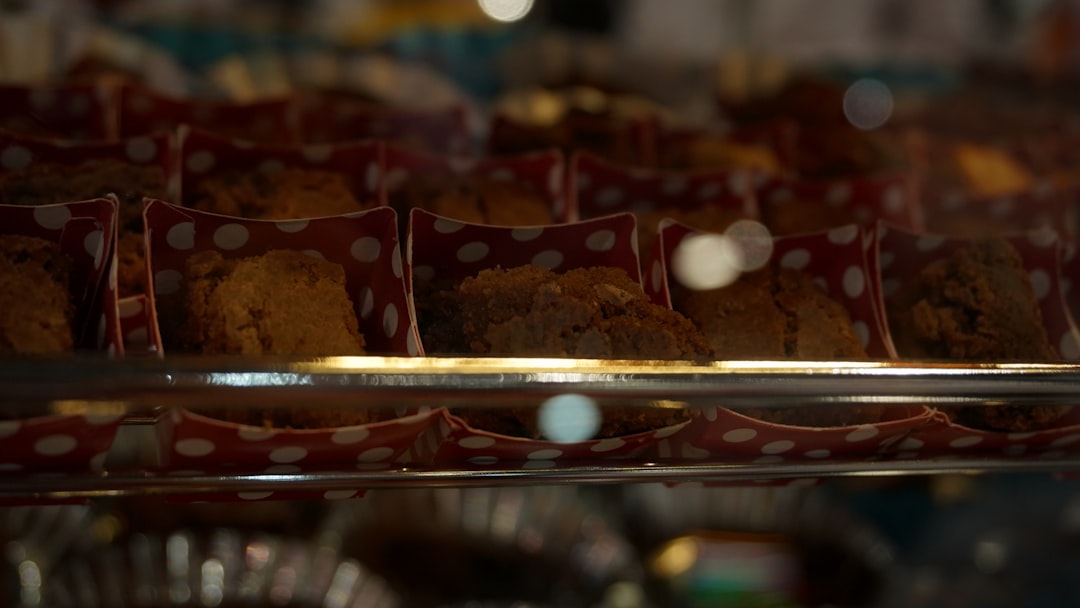The Hidden Delight of Winter Lobster

When it comes to seafood, lobster often conjures up images of warm summer days by the beach, with a succulent lobster tail on a plate. However, it's time to break free from this seasonal stereotype and discover the wonders of enjoying lobster during the fall and winter months. Contrary to popular belief, winter lobster is not only a delicious treat but also a celebratory and healthy choice that can elevate your dining experience.
One of the main reasons why lobster in winter is so special is its flavor. During the colder months, lobsters tend to be more active, which results in firmer and sweeter meat. The cold water also slows down their metabolism, allowing them to store more fat, which adds a rich and buttery taste to the lobster. This makes winter lobster a true delicacy that is sure to impress your taste buds.
In addition to its great flavor, winter lobster is also a healthy choice. Lobster is a low - fat, high - protein food that is rich in essential nutrients such as omega - 3 fatty acids, vitamin B12, and zinc. Omega - 3 fatty acids are known for their anti - inflammatory properties and can help reduce the risk of heart disease. Vitamin B12 is important for maintaining a healthy nervous system, and zinc plays a crucial role in immune function. So, when you indulge in a winter lobster meal, you're not only treating yourself to a delicious dish but also nourishing your body.
Another advantage of having lobster in winter is that it can be a great centerpiece for a special occasion. Whether it's a family gathering, a romantic dinner for two, or a holiday celebration, a beautifully cooked lobster can make the event more memorable. It gives a sense of luxury and sophistication to the table, making it perfect for those times when you want to go the extra mile.
Now that you're convinced about the benefits of winter lobster, it's time to learn how to cook it like a seafood expert. There are several popular methods for cooking lobster, each with its own unique advantages.
**Steaming**: Steaming is one of the most common and simplest ways to cook lobster. It helps to retain the natural flavor and moisture of the lobster. To steam a lobster, fill a large pot with about 2 inches of water and bring it to a boil. Place a steaming rack in the pot, and then put the live lobster on the rack. Cover the pot and steam the lobster for about 10 - 12 minutes per pound. You can serve the steamed lobster with melted butter, lemon wedges, and a side of your favorite vegetables.
**Grilling**: Grilling lobster gives it a smoky and charred flavor that is hard to resist. First, split the lobster in half lengthwise and brush it with olive oil, garlic, and your favorite seasonings. Preheat your grill to medium - high heat and place the lobster halves, meat - side down, on the grill. Cook for about 4 - 6 minutes, then flip them over and cook for another 3 - 5 minutes until the meat is opaque and cooked through.
**Baking**: Baking is another great option for cooking lobster. Preheat your oven to 400°F. Place the lobster in a baking dish and drizzle it with melted butter, lemon juice, and herbs. Cover the dish with foil and bake for about 15 - 20 minutes, depending on the size of the lobster. Then, remove the foil and bake for an additional 5 - 10 minutes until the top is golden brown.
By mastering these cooking techniques, you can serve the best lobster this season. So, don't let the cold weather stop you from enjoying this amazing seafood. Embrace the winter lobster and make it a part of your fall and winter culinary adventures.